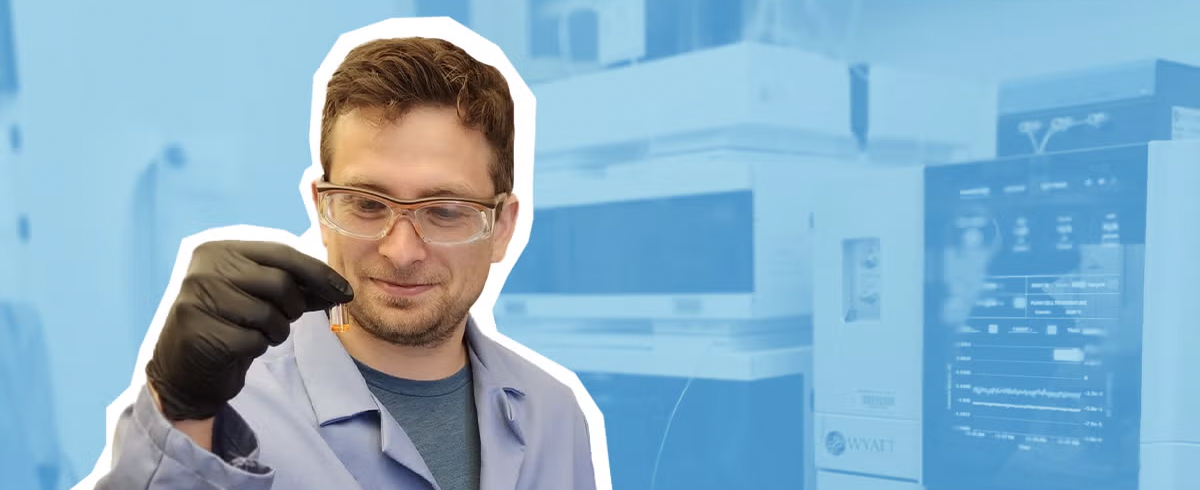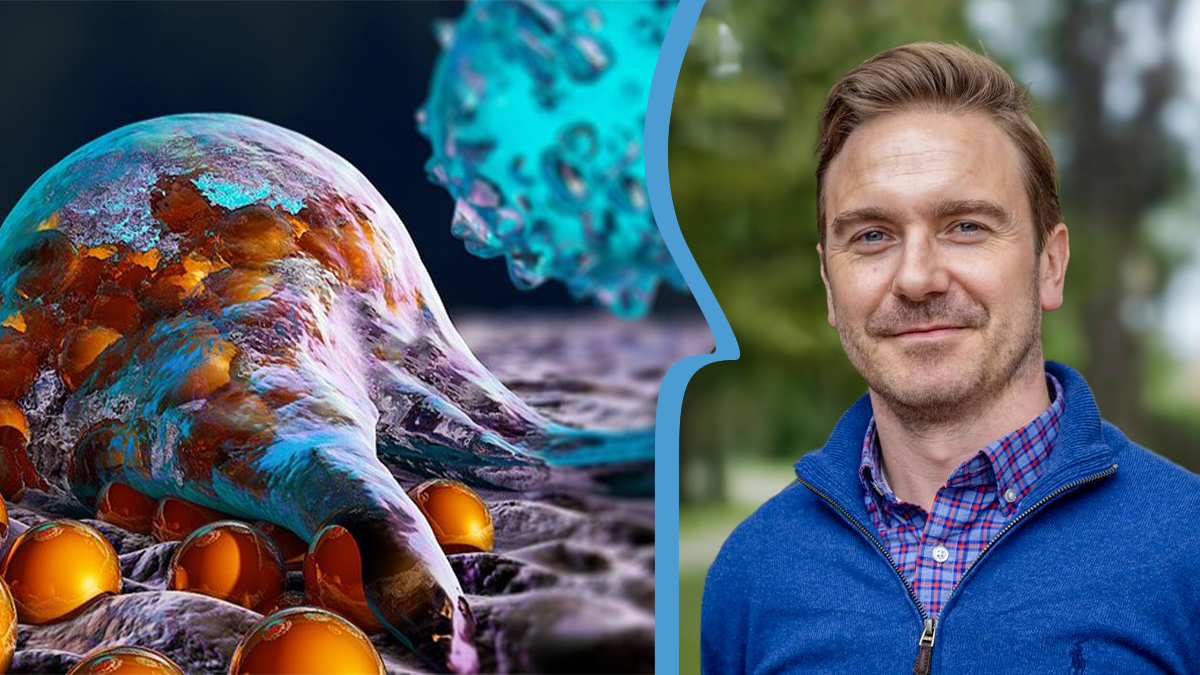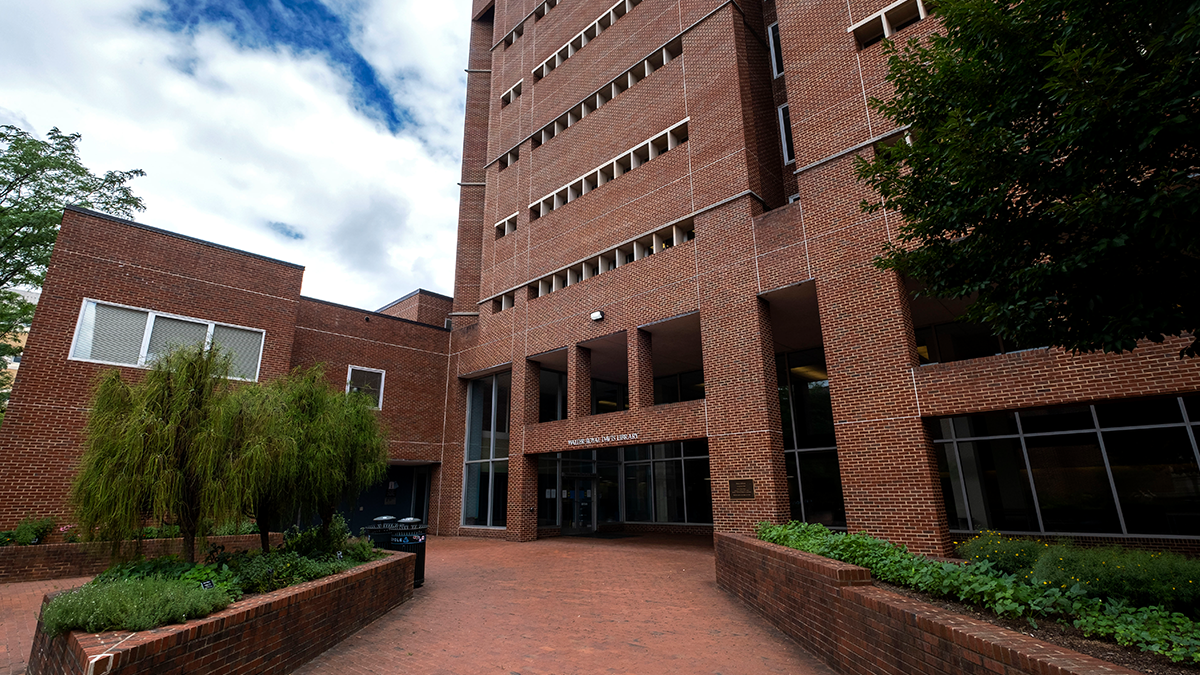Chemists create cleaner future for tires
Assistant professor Aleksandr Zhukhovitskiy led a study that pioneered a chemical process to repurpose rubber waste.

Every year, millions of tires end up in landfills, creating an environmental crisis with far-reaching consequences. In the United States alone, over 274 million tires were scrapped in 2021, with nearly a fifth of them being discarded into landfills. The accumulation of these waste materials presents not only a space issue but also introduces environmental hazards, such as chemical leaching and spontaneous combustion.
Traditional methods for breaking down rubber use chemicals, heat or a combination of the two. But these approaches don’t provide an efficient, scalable solution for repurposing rubber waste. Some processes generate harmful byproducts like benzene and dioxins, posing health and environmental risks.

But researchers at Carolina have introduced a novel chemical method for breaking down rubber waste. The journal Nature recently published the results of the U.S. Department of Energy-funded study, led by Aleksandr Zhukhovitskiy, William R. Kenan Jr. Fellow and assistant professor in the chemistry department of the UNC College of Arts and Sciences.
“Our research seeks to overcome these challenges by developing a method that breaks down rubber into functional materials that possess value even as a mixture,” said Zhukhovitskiy, senior author of the study.
The researchers showed that their two-step process works very well. When they applied the method to used rubber, it broke down completely in just six hours. The efficiency of this method is particularly striking when compared to traditional recycling techniques, which often require extreme temperatures or expensive catalysts.
This more environmentally friendly and cost-effective method also produces epoxy resins, which are widely used in industry for adhesives, coatings and composites.
Beyond its practical applications, this study marks a significant step toward better recycling technologies. The researchers evaluated the environmental impact of their process using the Environmental Impact Factor, a measure of waste generated relative to the product yield.
While the complete E-factor, which includes solvent use, was high, the simple E-factor, excluding solvents, was much lower, highlighting areas where the process could be made even more sustainable. The team is already exploring other solvent systems and alternative reaction conditions to reduce waste generation.







